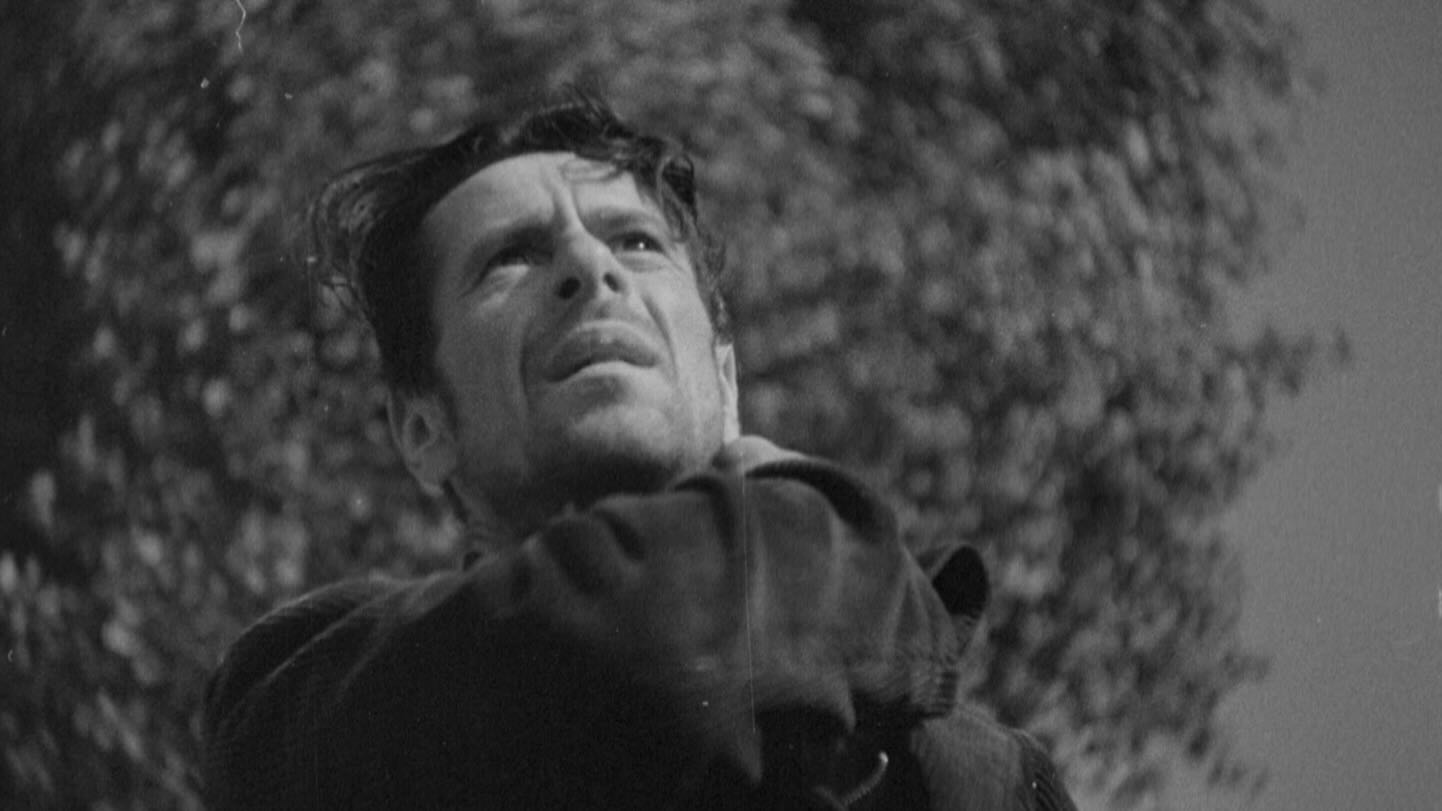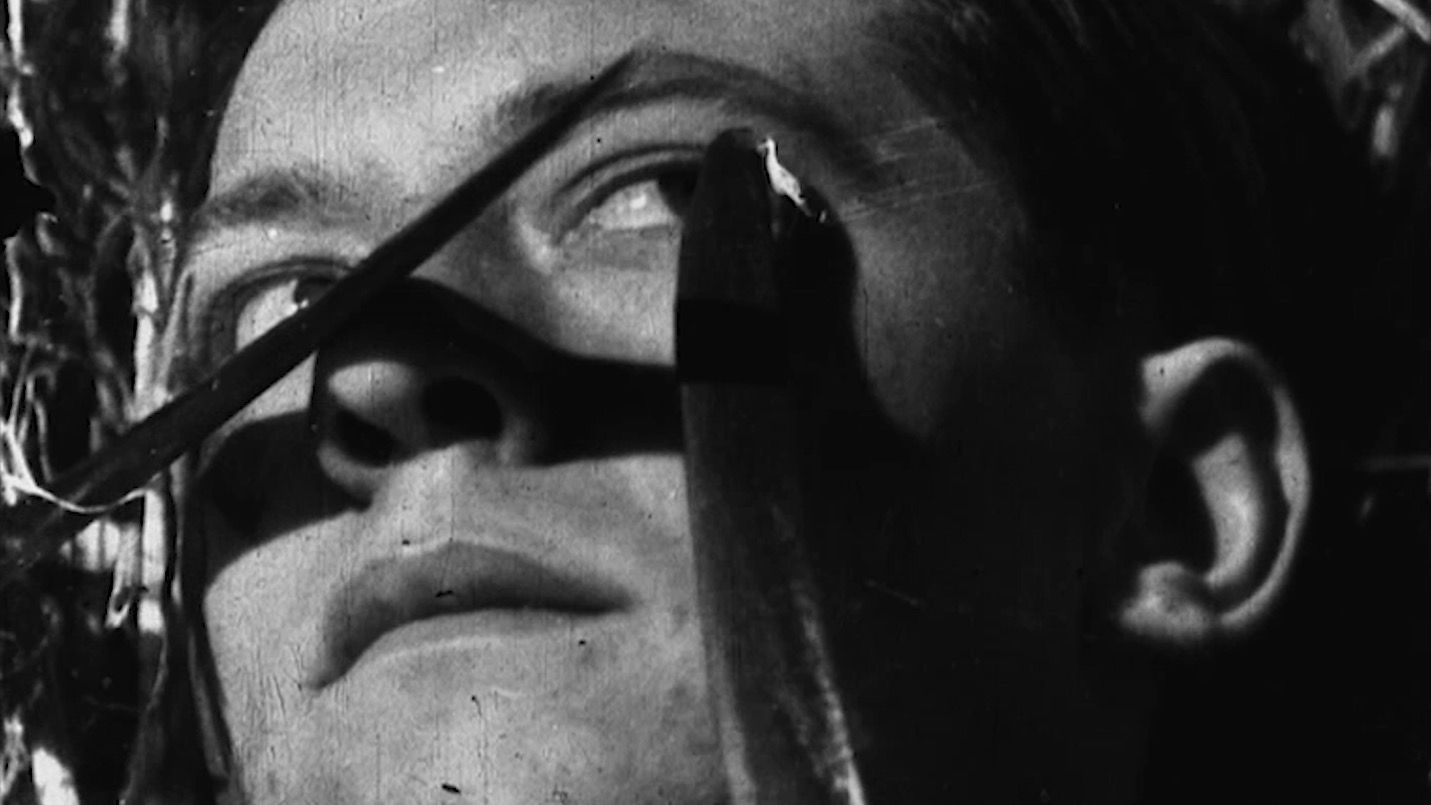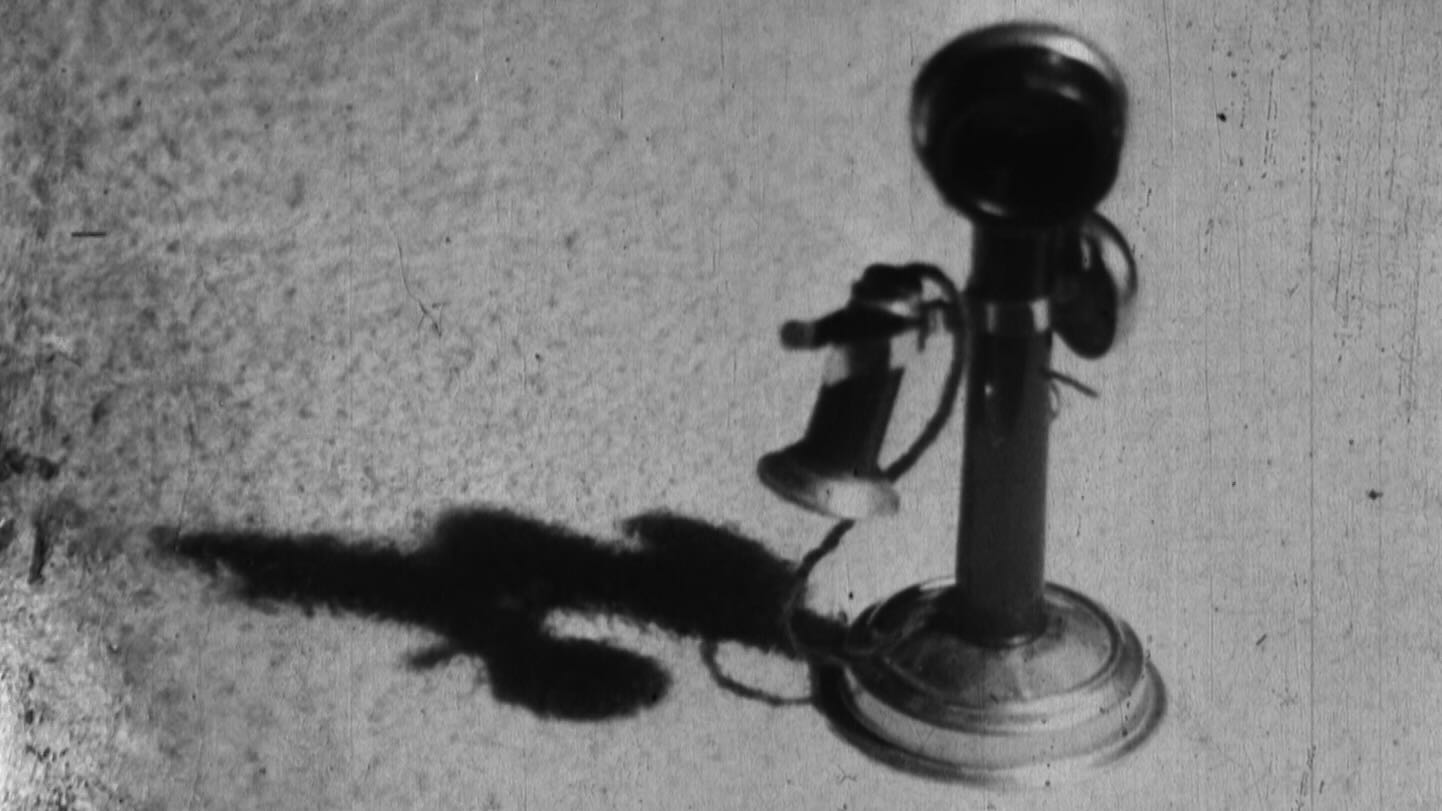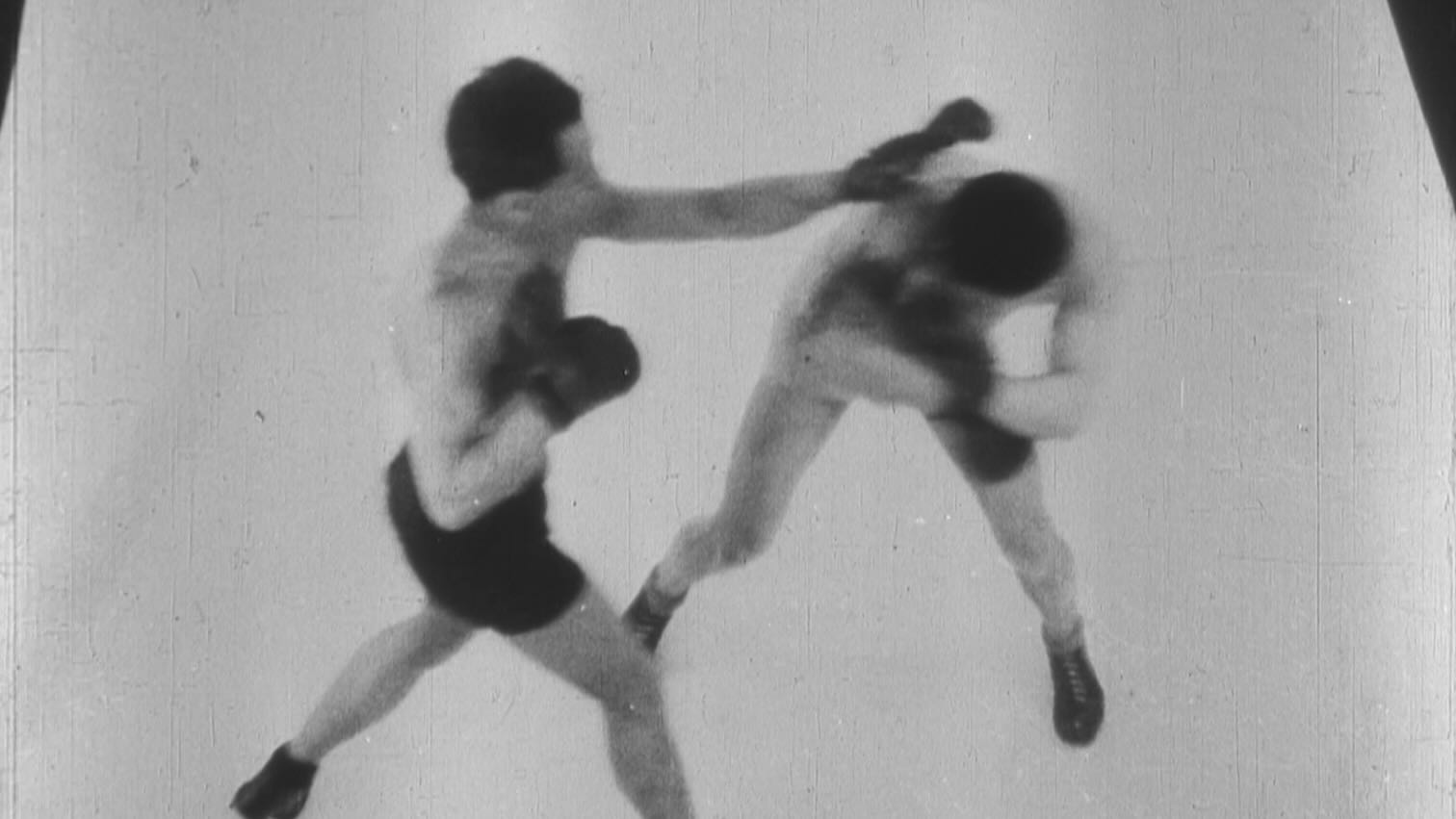↓
Charles Dekeukeleire
Charles Dekeukeleire (1905-1971) was a Belgian film director. Along with Henri Storck, he is often considered one of the pioneers of Belgian cinema. Dekeukeleire is particularly renowned for his experimental silent films. His debut Combat de boxe (1927), a playful experiment involving a variety of camera and editing techniques, already indicates the influence of the theories of the French avant-garde and Dziga Vertov’s manifesto, whom he greatly admired. Impatience (1929), Histoire de détective (1930) and Witte vlam (1930), his subsequent experimental feature films, present a further exploration of this question of how cinematic 'reality’ is constructed through various deconstructions of the camera eye. His career spans a total of four decades in which he produced both documentaries and commissioned works. His Het kwade oog (1937), based on a story by Herman Teirlinck, was Belgium's first fiction feature film.
Dekeukeleire's blending of a realistic approach - the fields and harvests of the Flemish countryside - with a purely formal study akin to his silent films was not to the unanimous liking of the audience at the time, for whom the work proved either too obscure or insufficiently innovative. Originally starting out as a film critic, Dekeukeleire also continued to write on film throughout his career as a filmmaker. He published essayistic texts such as L'émotion sociale (1942) and Le cinéma et la pensée (1947), in which he set his film theory against a broader philosophical and social background.
A vagrant mourning the loss of his wife unleashes a chain of strange events in a Flemish village community. In his first feature film, Dekeukeleire combines rural mysticism and avant-garde camera techniques to forge an uncanny love story.
Filmed during an actual political demonstration at the foot of the Yser Tower, a young man commits an act of rebellion, after which this experimental short film develops into a cinematographic reflection on the concept of repression.
In this seemingly classical detective story, the subjective camera eye itself gradually claims the leading role. A playful ode to Dziga Vertov.
The deconstruction of the camera eye is pushed to the utmost in this experimental short film featuring four 'characters': the motorbike, the woman, the mountains and a series of abstract cubes.
A rhythmic film poem which experiments with different editing techniques. The contrast between the professional boxers and the amateurishly assembled set forms the backdrop of a surprising experiment with form.




